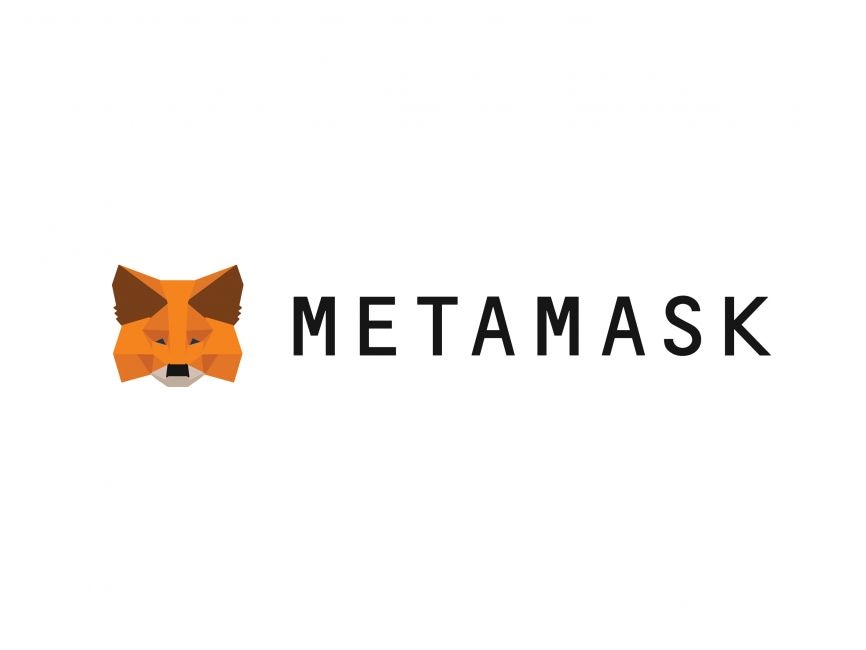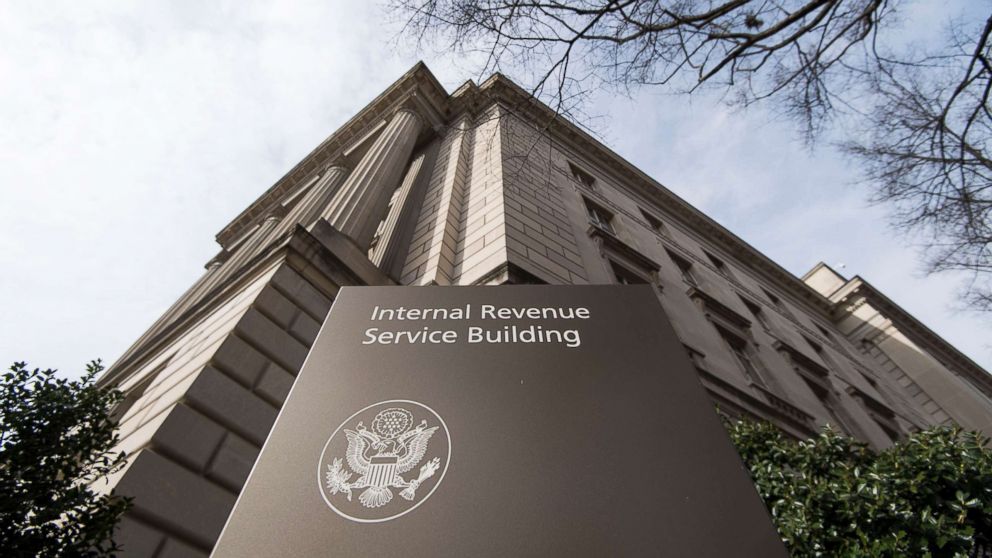US Congressman Patrick McHenry has announced that joint hearings will be held to address the market structure surrounding digital assets. The initiative aims to better understand the evolving world of digital currencies and tokens, and to discuss the potential need for updated regulations.
McHenry, a Republican representative from North Carolina, has been a vocal advocate for the cryptocurrency industry. He has consistently urged regulatory bodies and the US government to adapt existing frameworks to accommodate the fast-paced growth and innovation occurring in the digital asset space.
The joint hearings are a collaboration between the House Financial Services Committee, on which McHenry serves as the ranking Republican, and the House Agriculture Committee. The primary goal is to discuss the regulatory concerns associated with digital assets and to explore potential changes in market structure.
Experts and stakeholders from various sectors, including financial institutions, technology companies, and regulators, will be invited to share their insights and recommendations during the hearings. These discussions are expected to cover topics such as investor protection, market integrity, and the role of digital assets in the global economy.
The hearings will provide an opportunity for lawmakers to gain a deeper understanding of the challenges and opportunities presented by digital assets, and to consider whether existing regulations are sufficient to address the current landscape. The outcome of these discussions may lead to the development of new legislative and regulatory proposals aimed at fostering growth and ensuring the stability of the digital asset industry.
Congressman McHenry’s announcement highlights the growing recognition of the importance of digital assets in the modern financial ecosystem. As the cryptocurrency and blockchain space continues to evolve, lawmakers and regulators must be proactive in addressing the unique challenges and opportunities that these technologies present.
JPMorgan has successfully developed an artificial intelligence (AI) tool designed to analyze speeches and statements made by Federal Reserve (Fed) officials. This innovative technology aims to provide traders with actionable trading signals, helping them make more informed decisions.
The AI tool, named “Fedspeak”, is designed to process the language used in Fed communications, including speeches, minutes, and press conferences. Fedspeak works by examining word choice, tone, and context to discern sentiment and gauge potential monetary policy changes.
This advanced system has been in development for two years and is one of JPMorgan’s latest attempts to leverage AI technology in the world of finance. The bank has invested heavily in AI and machine learning, seeking to revolutionize the way it operates and services its clients.
Fedspeak’s creation was prompted by the often-ambiguous nature of communications from the Fed. These messages are closely scrutinized by market participants, as they can greatly impact investment strategies and decisions. By offering a more objective analysis of Fed statements, Fedspeak aims to provide clearer insights and reduce the potential for misinterpretation.
JPMorgan believes that Fedspeak can help traders better anticipate market movements, as the AI tool can quickly process and analyze vast amounts of data. By providing valuable insights, Fedspeak may also help reduce market volatility and improve overall trading efficiency.
While AI technology continues to play an increasingly significant role in the financial sector, JPMorgan’s Fedspeak is an example of how AI can be applied to specific aspects of the industry, such as monetary policy analysis. As advancements in AI and machine learning continue, it is expected that similar tools will emerge, further transforming the way businesses and traders operate.
In a bid to foster a mutually beneficial relationship between the traditional financial sector and the burgeoning crypto industry, the United Kingdom’s financial watchdog, the Financial Conduct Authority (FCA), has called for closer collaboration between the two. The FCA believes that working together will help to ensure the stable growth of both industries and encourage responsible innovation.
The FCA has made it clear that it is open to engaging with the crypto industry to better understand its complexities and to help create a regulatory framework that is both effective and flexible. This comes in response to the rapid growth of the crypto market, which has caught the attention of regulators worldwide.
By adopting a proactive approach, the FCA hopes to address potential risks while simultaneously supporting the development of new and innovative financial products and services.
In recent years, the UK has witnessed a surge in the number of crypto and blockchain-based businesses, which has raised questions about the need for regulation and oversight. The FCA’s decision to engage with the crypto industry is seen as a positive step towards achieving a balance between consumer protection, market integrity, and financial stability.
Key stakeholders in the crypto industry have welcomed the FCA’s move, viewing it as an opportunity to work with the regulator to establish clear guidelines that will promote growth and innovation. This collaborative approach is expected to create an environment where both traditional and emerging financial sectors can thrive, benefiting the UK economy as a whole.
In addition to working with the crypto industry, the FCA also plans to consult with other stakeholders, such as financial institutions, technology companies, and academics, to ensure a well-rounded perspective on the challenges and opportunities that the crypto industry presents. This inclusive approach will help to create a regulatory framework that addresses the concerns of all parties involved, fostering a stronger and more resilient financial ecosystem in the UK.
As the FCA and the crypto industry embark on this journey of collaboration, the UK has the potential to become a leading hub for crypto innovation, attracting global talent and investment. This initiative not only highlights the importance of the crypto industry in shaping the future of finance, but also underscores the need for open dialogue and cooperation to create a regulatory landscape that supports and sustains the growth of both traditional and emerging financial markets.
As Bitcoin’s price begins to inch away from recent lows, the market remains cautious, with the cryptocurrency’s weekly chart indicating a potential bearish engulfing. On Monday, Bitcoin rose 2.5% off its lows, hitting the $43,500 mark. While this upward movement has been noted by the market, experts continue to keep a watchful eye on the trend for further signs of recovery or another dip.
The recent decline in Bitcoin’s price was initially prompted by comments from the Federal Reserve’s Jerome Powell, who suggested the possibility of a digital dollar in the future. These remarks led to market uncertainty, as investors grappled with the potential implications for the cryptocurrency market.
As the market continues to navigate this uncertainty, analysts emphasize the importance of monitoring Bitcoin’s price movements. The weekly chart, in particular, is being watched closely for signs of a bearish engulfing, which could indicate a further downward trend. A bearish engulfing is a pattern that occurs when a smaller green candle is followed by a larger red candle, which “engulfs” the entire body of the previous candle. This can often signal a trend reversal, suggesting that a bearish trend is about to begin.
Despite the looming threat of a bearish engulfing pattern, some traders maintain an optimistic outlook on the cryptocurrency’s prospects. Key support levels for Bitcoin are currently hovering around the $42,000 mark, with resistance levels at $45,000. If the cryptocurrency manages to break past the resistance level, the market could potentially regain momentum and begin moving upward once more.
As Bitcoin struggles to recover from its recent downturn, investors are reminded to exercise caution and maintain a well-diversified portfolio in order to mitigate potential risks. Monitoring the market’s reaction to global economic developments, regulatory changes, and technological advancements will be critical in navigating the uncertain landscape of cryptocurrency investments.
As the price of Bitcoin (BTC) experienced a 10% drop within a week, traders and analysts within the cryptocurrency community are advising patience and calm, while emphasizing the need for a more comprehensive perspective on the market.
The leading cryptocurrency had been enjoying a relatively stable period before the sudden downturn, which took many by surprise. At the time of writing, Bitcoin’s price hovers around $52,000, a significant decline from the previous week’s high of $58,000.
Several factors have been cited as potential contributors to the drop, including increased regulatory scrutiny and the growing influence of institutional investors. However, it is important to consider the historical context of similar price fluctuations in the past. As many seasoned Bitcoin traders will recall, the market has weathered similar, if not more severe, dips before.
Veteran traders are urging the community to keep their cool and not to panic in the face of this recent downturn. They stress the importance of assessing the market from a long-term perspective, rather than focusing solely on short-term volatility.
One prominent Bitcoin trader, known as ‘CryptoCobain’ on Twitter, reminded followers that the cryptocurrency has a history of bouncing back from significant declines, stating that “Bitcoin has seen many 10-20% corrections during its last bull run, and it always recovered.” He further advised not to “make emotional decisions based on short-term price action.”
Some analysts also note that the current price decline may be a healthy correction, allowing the market to consolidate before potentially continuing its upward trajectory. They argue that such a correction can create a solid foundation for the next leg of the bull run, as it washes out weaker hands and attracts new investors looking for more attractive entry points.
Despite the recent dip, many in the cryptocurrency community remain optimistic about Bitcoin’s long-term potential. They continue to emphasize the importance of the digital asset as a store of value and hedge against inflation, especially in the current global economic climate.
In conclusion, while the recent 10% decline in Bitcoin’s price has undoubtedly shaken some investors, seasoned traders and analysts advise the community to maintain perspective and not to panic. By considering the long-term potential of Bitcoin and the historical context of similar price fluctuations, a more rational assessment of the market can be made.
In response to recent claims regarding a massive $10 million hack, MetaMask, a popular Ethereum wallet and browser extension, has firmly denied any vulnerability in its platform. The company asserts that its wallet infrastructure remains secure and has not been compromised.
The allegations surrounding the purported hack surfaced on social media and various online forums, with users claiming that a security breach in MetaMask’s wallet infrastructure led to the loss of millions of dollars’ worth of cryptocurrencies. However, MetaMask has quickly moved to address these concerns, emphasizing that the company’s security measures remain intact and that the reported hack did not result from any vulnerabilities within its platform.
In an official statement, MetaMask declared that its wallet service continues to provide a secure environment for users to store and manage their digital assets. The company further encouraged users to remain vigilant when it comes to their online security practices, reminding them of the importance of maintaining strong passwords, enabling two-factor authentication, and avoiding phishing scams.
As one of the most widely-used Ethereum wallets and browser extensions, MetaMask plays a crucial role in the blockchain and cryptocurrency ecosystem. With millions of users relying on its services for secure access to decentralized applications (dApps) and the management of their digital assets, the company has a vested interest in maintaining a high level of security and trust.
While the alleged $10 million hack has generated significant concern among the cryptocurrency community, MetaMask’s swift denial and reassurances regarding its platform’s security should help to alleviate some of these fears. As the investigation into the incident continues, users are advised to remain cautious and adhere to best practices when it comes to safeguarding their digital assets.
Bitcoin (BTC) has been showing signs of recovery in recent days, with bullish sentiment growing among investors and traders. Analysts now predict that the world’s largest cryptocurrency by market capitalization is targeting the $33,000 mark as it sets its sights on a key resistance level.
BTC has been on a roller coaster ride over the past few weeks, with prices fluctuating between lows of $29,000 and highs of $35,000. Despite these ups and downs, the cryptocurrency has managed to hold steady above the $30,000 support level, offering a glimmer of hope to its proponents.
According to several market analysts, Bitcoin’s current trajectory suggests that it could soon flip the $33,000 resistance level, provided it maintains its upward momentum. If successful, this would mark a significant milestone for the digital asset, which has struggled to regain its footing since its all-time high of nearly $65,000 in April 2021.
Experts note that the $33,000 price target is a critical level for BTC, as it lies in close proximity to the 50-day moving average. A successful breach of this resistance could pave the way for further gains, potentially even pushing the cryptocurrency towards the $40,000 mark.
The recent bullish sentiment surrounding Bitcoin can be attributed to a variety of factors, including positive news from major institutions such as Goldman Sachs and JPMorgan. Both financial giants have expressed interest in the digital asset space, with the former launching a Bitcoin futures trading platform and the latter hinting at the possibility of a Bitcoin-focused investment product.
However, it is essential to remain cautious, as the cryptocurrency market is notoriously volatile and prone to sudden fluctuations. While the $33,000 target appears achievable in the short term, investors should be prepared for potential setbacks as they navigate the ever-changing landscape of the digital asset market.
As Bitcoin approaches this critical resistance level, market participants will be keeping a close eye on its performance, eagerly anticipating the next significant price movement. With a growing number of institutions expressing interest in the space, the future of the cryptocurrency market remains as intriguing and unpredictable as ever.
Amid recent discussions about a potential Bitcoin bear market, a closer analysis of the cryptocurrency’s price trends reveals striking similarities to previous halving cycles. This observation suggests that Bitcoin’s current price movements may be part of a larger, predictable pattern, challenging the notion that the market is entering a prolonged downturn.
Bitcoin halving events, which occur roughly every four years, reduce the reward miners receive for successfully validating transactions. These events have historically had a significant impact on the price of Bitcoin, with the cryptocurrency typically experiencing a period of growth following each halving.
Comparing the current price trajectory of Bitcoin to that of previous halving cycles reveals a close correlation between the two. This suggests that rather than entering a bear market, the leading cryptocurrency may be following an established pattern of growth and consolidation that has been observed in the past.
The notion that Bitcoin’s price trends are following a familiar trajectory challenges the prevailing sentiment among some investors that the market is heading for a prolonged downturn. Instead, historical price patterns indicate that the cryptocurrency may be poised for further growth, albeit with potential periods of consolidation and volatility along the way.
This perspective is supported by the continued interest in Bitcoin and the broader cryptocurrency market from both retail and institutional investors. Despite occasional market turbulence, the overall trajectory of the cryptocurrency sector remains one of growth and increasing adoption.
As the market continues to evolve, the relationship between Bitcoin’s price and halving cycles will remain a subject of interest for investors and analysts alike. The observation that the leading cryptocurrency’s price trends closely mirror those of previous halving cycles may offer valuable insights into the future direction of the market and challenge prevailing assumptions about the onset of a bear market.
Social media giant Twitter is reportedly preparing to launch cryptocurrency and stock trading features in partnership with online trading platform eToro. The innovative collaboration aims to integrate trading functionality directly into the Twitter platform, potentially revolutionizing the way users engage with the world of finance.
The partnership between Twitter and eToro, a platform that offers trading services for cryptocurrencies, stocks, and other assets, seeks to capitalize on the growing intersection of social media and finance. By offering users the ability to trade various assets directly from the Twitter platform, the collaboration could transform the way users interact with financial markets and accelerate the mainstream adoption of digital asset trading.
Details about the trading features and launch timeline remain limited, but the partnership is expected to leverage eToro’s existing infrastructure and expertise to create a seamless and user-friendly experience for Twitter users. If successful, this collaboration could pave the way for further integration of financial services within social media platforms, blurring the lines between communication, content sharing, and asset trading.
The potential launch of cryptocurrency and stock trading on Twitter comes at a time when interest in digital assets and online trading is surging. The rise of meme stocks, decentralized finance (DeFi), and non-fungible tokens (NFTs) has generated significant enthusiasm among retail investors, many of whom rely on social media platforms like Twitter for information and community engagement.
While the implications of this partnership for the broader financial industry remain uncertain, the collaboration between Twitter and eToro could signal a new era of convergence between social media and finance. As users increasingly turn to online platforms for financial services, the integration of trading features within Twitter may serve as a blueprint for the future of digital asset engagement and accessibility.
New tax regulations concerning research and development (R&D) are set to be implemented, potentially putting the financial stability of blockchain startups at risk. The changes, designed to prevent tax fraud, may inadvertently result in cash flow issues for legitimate businesses in the blockchain industry that rely on R&D tax credits for financial support.
The upcoming tax policy adjustments aim to tackle fraudulent claims by implementing a cap on payable tax credits. This cap is set at three times the company’s total PAYE and National Insurance liabilities for the year. While the intentions behind these changes are to curb tax fraud, the policy shift may inadvertently harm startups that invest heavily in R&D, such as those in the blockchain sector.
Many blockchain startups have limited staff and low PAYE and National Insurance contributions due to the nature of their businesses. As a result, the new cap on payable tax credits could severely limit the financial resources available to these startups, potentially leading to cash flow issues and even bankruptcy.
This situation is particularly concerning for the blockchain industry, which has experienced rapid growth in recent years and is recognized as a driving force behind technological innovation. By limiting the R&D tax credits available to blockchain startups, these policy changes could stifle innovation and hinder the development of new and transformative technologies.
Industry experts are urging lawmakers to consider the potential ramifications of these tax policy changes and work towards finding a balanced solution that safeguards both the interests of the government and the growth of the blockchain sector. A failure to address the concerns of blockchain startups may lead to a decline in innovation and a slowdown in the overall development of the industry.
As the implementation of the new R&D tax rules approaches, the potential impact on blockchain startups remains uncertain. The coming months will reveal whether these policy changes will have the unintended consequence of stifering innovation and harming the financial stability of blockchain-based businesses.












